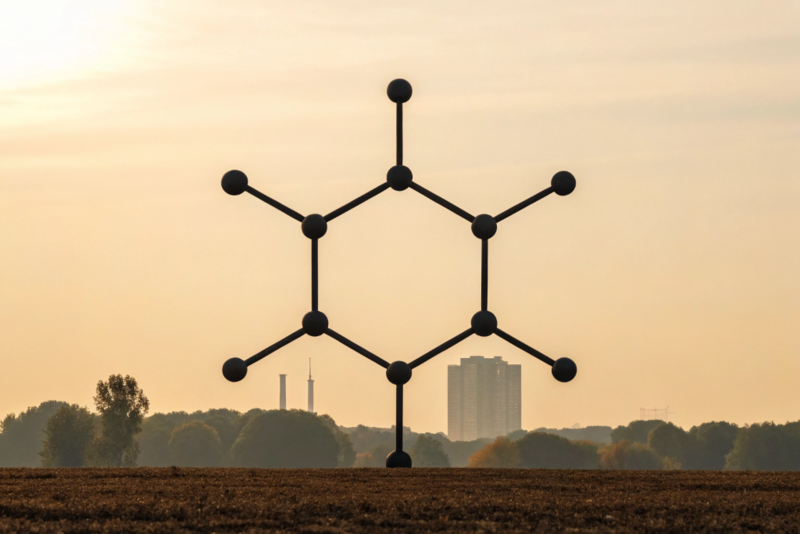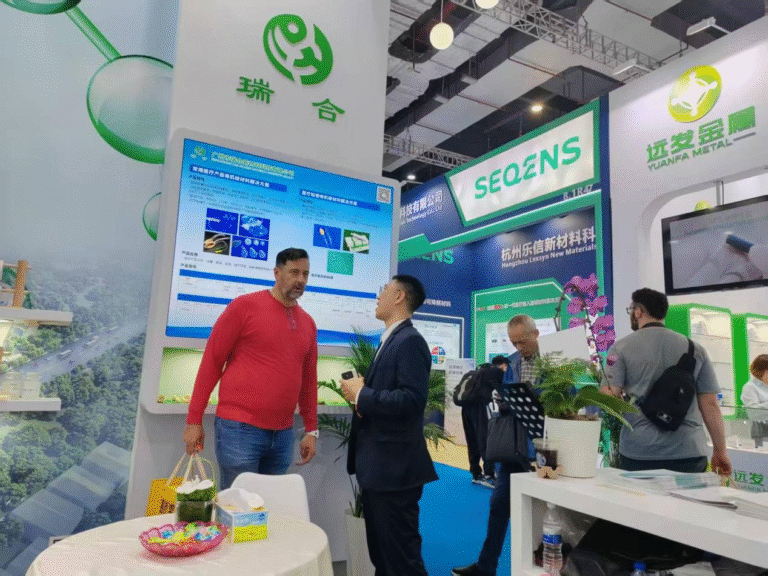Are you struggling to find sustainable materials for your products? Choosing the wrong one can harm the environment and your brand. Silicone offers a powerful, eco-friendly solution you might be overlooking.
Silicone is considered eco-friendly primarily because it's made from silica, derived from abundant sand1, not finite fossil fuels. It is also highly durable, non-toxic, and more recyclable2 than many plastics, leading to less waste and a lower environmental impact over its long lifespan.

The claim that a synthetic polymer is "eco-friendly"3 might sound strange at first. Many people group silicone with plastics, which are often criticized for their environmental impact. But when you look closer at its entire lifecycle, from its origin to its disposal, a different picture emerges. Let's break down exactly what makes silicone a responsible choice for conscious manufacturers and consumers.
How Does Silicone's Origin Make It a Greener Choice?
Concerned about using materials sourced from dwindling fossil fuels? The environmental cost of petroleum-based products is high and unsustainable. Silicone, however, starts from a much more abundant and natural source.
Silicone’s green journey begins with its primary raw material4: silica, which is simply a form of sand. Unlike plastics that rely on crude oil, silicone’s foundation is one of Earth's most plentiful natural resources, making its origin inherently more sustainable.

The journey from sand to silicone is a testament to smart chemistry. The process starts with silicon, which is extracted from silica. This silicon is then reacted to form siloxanes, the building blocks of all silicone products, including liquids, gels, rubbers, and resins. This is fundamentally different from plastics, which are polymers derived from petroleum.
At RUIHE, we take this a step further. We have over 20 years of R&D experience, and our entire manufacturing process is designed for quality and minimal environmental impact. With eight dedicated production lines, each monitored by quality control staff with over five years of experience, we ensure that the conversion process is efficient and clean. We meticulously manage our supply chain to guarantee that the materials we use are sourced responsibly.
Here’s a simple breakdown of the difference:
| Feature | Silicone | Traditional Plastics |
|---|---|---|
| Primary Source | Sand (Silica) | Crude Oil (Fossil Fuel) |
| Resource Type | Abundant, Natural | Finite, Non-Renewable |
| Core Element | Silicon (Si) | Carbon (C) |
| Environmental Risk | Lower extraction impact | Higher extraction/drilling impact |
By choosing silicone, you are starting your product’s life with a material that has a much friendlier footprint on our planet.
Can Silicone's Durability Really Reduce Waste?
Are you tired of products that crack, fade, or break after just a short time? This cycle of constant replacement generates a mountain of waste. A truly durable material can fundamentally change this wasteful pattern.
Yes, absolutely. Silicone's exceptional durability is one of its greatest environmental strengths. It withstands extreme temperatures, UV radiation, and chemical exposure5, meaning silicone products last for years, or even decades. This longevity directly reduces the need for replacements and lowers landfill waste.

Think about the applications where silicone shines. In the medical field, its biocompatibility and ability to withstand repeated sterilization6 make it indispensable. In electronics and automotive applications, it protects sensitive components from heat, cold, and moisture, extending the life of the entire device. I've worked with clients in the infant products industry who choose our materials specifically because they are safe, inert, and can endure countless cycles of use and cleaning without degrading.
This isn't just a claim; it's proven performance.
- Thermal Stability7: Our silicone formulations perform reliably from freezing temperatures of -50°C up to scorching heats of 250°C.
- Chemical Inertness8: Silicone does not react with most chemicals, preventing it from leaching harmful substances into food, water, or the environment.
- Weather Resistance9: Unlike many plastics that become brittle when exposed to sunlight, silicone resists UV radiation and ozone, making it perfect for outdoor use.
Every time a silicone part outlasts a plastic alternative, it prevents another item from entering the waste stream. This long-term reliability is a core part of what makes silicone a truly sustainable material choice.
Is Silicone Safer for People and the Planet During Use?
Worried that the materials in your products could release harmful toxins? This is a major concern for products that contact food, skin, or are used in medical devices. You need a material that is proven to be safe.
Silicone is exceptionally safe because it is chemically inert and non-toxic10. It does not release harmful chemicals like BPA or phthalates, which are common in plastics. This makes it an ideal material for food-contact, medical, and personal care applications.

The safety of silicone is one of the main reasons my clients choose it. I regularly work with product developers in the medical device and infant care industries where safety is non-negotiable. They need a material that won't cause allergic reactions or leach dangerous substances. Silicone is the answer.
Our commitment at RUIHE is to provide materials that meet the highest international safety standards. We don't just say our products are safe; we prove it through rigorous testing and certification.
Key Safety Certifications
- FDA & LFGB: These are the gold standards for food-contact materials. Our products meet these strict requirements, ensuring they are safe for kitchenware and food processing equipment.
- ISO 10993: This is the standard for biocompatibility, essential for any material used in medical devices that will have contact with the human body.
- RoHS & REACH: These European regulations restrict the use of specific hazardous substances in electrical and electronic equipment and chemical products. Our compliance guarantees our materials are free from these harmful chemicals.
When you choose a material, you are also choosing the impact it will have on your end-user. With silicone, you are choosing a material that is trusted worldwide for its safety and stability, protecting both people and the planet.
Conclusion
Silicone is a superior environmental choice due to its sustainable origin, exceptional durability, and proven safety, making it a responsible material for the future of manufacturing.
---Learn about the sustainable origins of silicone and its environmental benefits over traditional materials. ↩
Understand the durability and recyclability of silicone, making it a sustainable choice for various applications. ↩
Explore the reasons why silicone, a synthetic polymer, is classified as eco-friendly compared to other materials. ↩
Find out how silicone's primary raw material contributes to its eco-friendly status and sustainability. ↩
Discover the properties that allow silicone to withstand harsh conditions, making it a reliable material choice. ↩
Understand the biocompatibility and sterilization capabilities of silicone, crucial for medical and food applications. ↩
Explore the thermal stability of silicone and how it performs in extreme temperature conditions. ↩
Learn about the chemical inertness of silicone and its implications for safety in various applications. ↩
Find out how silicone's weather resistance makes it suitable for outdoor and long-term use. ↩
Discover why silicone is considered safe and non-toxic, making it ideal for sensitive applications. ↩



